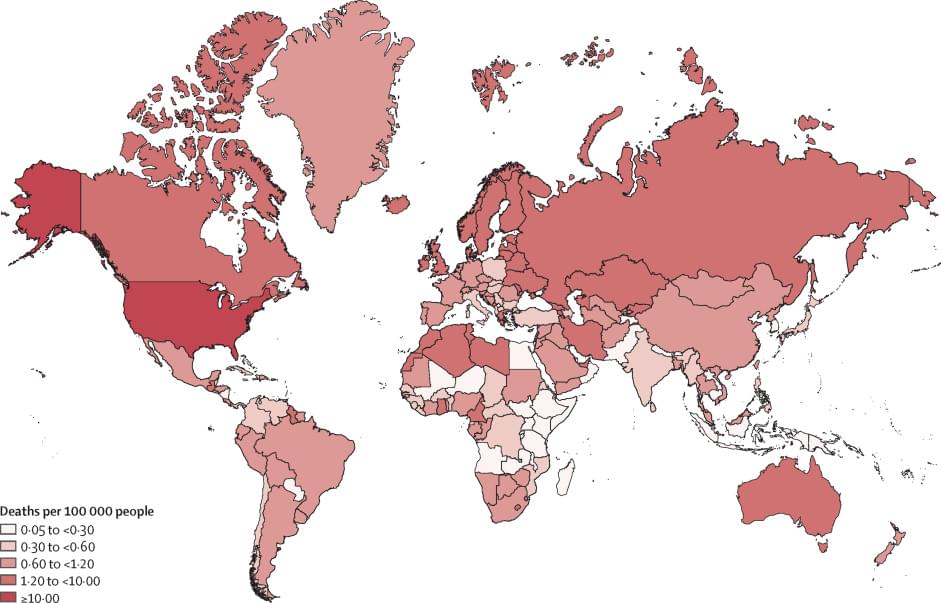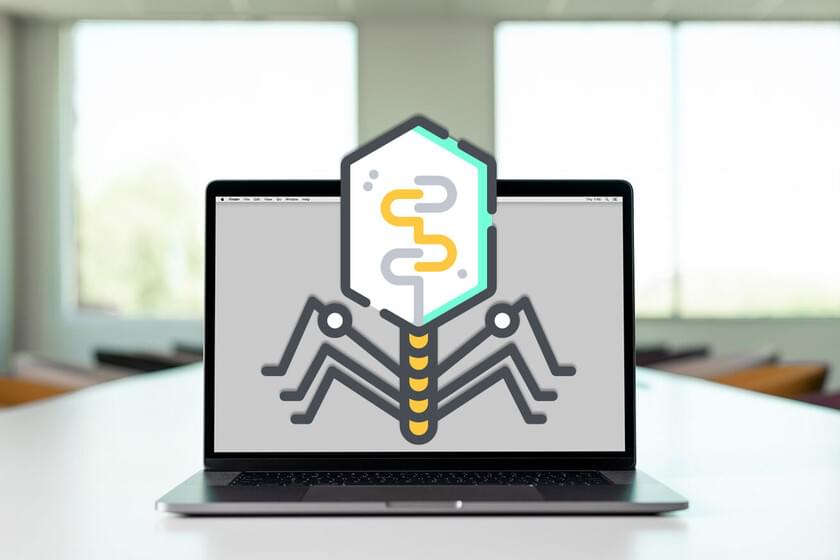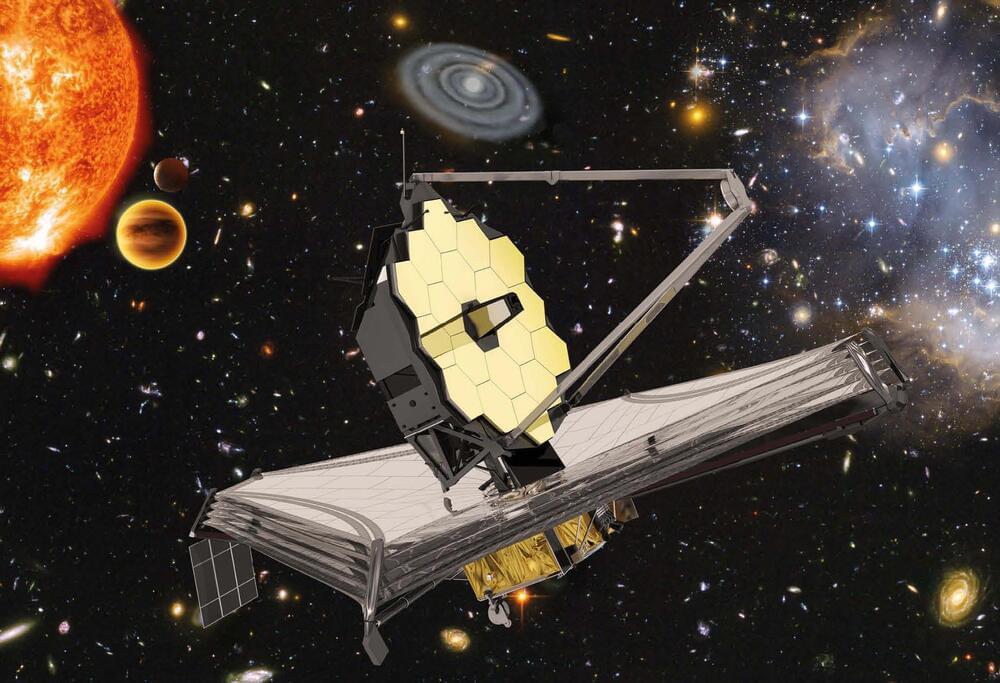A new adhesive that mimics the sticky substance barnacles use to cling to rocks may offer a better way to treat traumatic injuries.
“This is not transportation for the wealthy,” Davis said. “It’s very affordable, very accessible and very, very comfortable.”
Davis told the commission that the system would be built in phases, with initial plans for five to 10 stations to open within the first six months once construction begins. About 15 to 20 stations would be added each year until full buildout, he said.
Whether the underground system makes a dent on the often-gridlocked Strip remains to be seen, but Hill is optimistic that Vegas Loop riders will be able to see more of Vegas once they emerge from the tunnels because they will be able to get around quicker. The innovation also creates a new point of interest in a town well known for its curiosities.
Monarch Tractor is leveraging technology more commonly associated with battery-powered Teslas and autonomous Waymo vans for robotic farm tractors.
A need exists to accurately estimate overdose risk and improve understanding of how to deliver treatments and interventions in people with opioid use…
The Microsoft 365 Defender security research team discovered a new vulnerability in macOS that allows an attacker to bypass the System integrity protection or SIP. This is a critical security feature in macOS which uses kernel permissions to limit the ability to write critical system files. Microsoft explains that they also found a similar technique […].
The Microsoft 365 Defender security research team discovered a new vulnerability in macOS that allows an attacker to bypass the System integrity protection or SIP. This is a critical security feature in macOS which uses kernel permissions to limit the ability to write critical system files.
Microsoft explains that they also found a similar technique that could allow an attacker to gain elevated root privileges on an affected device, basically allowing to install a rootkit on macOS.
Evolutionary genomics approach identifies genes that enable plants to live in the Atacama Desert, offering clues for engineering more resilient crops to face climate change.
An international team of researchers has identified genes associated with plant survival in one of the harshest environments on Earth: the Atacama Desert in Chile. Their findings, published in Proceedings of the National Academy of Sciences (PNAS), may help scientists breed resilient crops that can thrive in increasingly drier climates.
“In an era of accelerated climate change, it is critical to uncover the genetic basis to improve crop production and resilience under dry and nutrient-poor conditions,” said Gloria Coruzzi, Carroll & Milton Petrie Professor in the New York University (NYU) Department of Biology and Center for Genomics and Systems Biology, who co-led the study with Rodrigo Gutiérrez.
It consists of a 35-nanometer-wide film made out of an organic semiconductor sandwiched between two mirrors that create a microcavity, which keeps light trapped inside. When a bright “pump” laser is shone onto the device, photons from its beam couple with the material to create a conglomeration of quasiparticles known as a Bose-Einstein condensate, a collection of particles that behaves like a single atom.
A second weaker laser can be used to switch the condensate between two levels with different numbers of quasiparticles. The level with more particles represents the “on” state of a transistor, while the one with fewer represents the “off” state.
What’s most promising about the new device, described in a paper in Nature, is that it can be switched between its two states a trillion times a second, which is somewhere between 100 and 1,000 times faster than today’s leading commercial transistors. It can also be switched by just a single photon, which means it requires far less energy to drive than a transistor.
Day of the Dead Drone Art?
Posted in drones
An image supposedly showed a work of Day of the Dead sky art consisting of drones shaped like a sombrero-wearing skull.
The James Webb Space Telescope is scheduled to head to space on December 18 2021. With it, astronomers hope to find the first galaxies to form in the universe, will search for Earthlike atmospheres around other planets and accomplish many other scientific goals.
I am an astronomer and the principal investigator for the Near Infrared Camera – or NIRCam for short – aboard the Webb telescope. I have participated in the development and testing for both my camera and the telescope as a whole.
To see deep into the universe, the telescope has a very large mirror and must be kept extremely cold. But getting a fragile piece of equipment like this to space is no simple task. There have been many challenges my colleagues and I have had to overcome to design, test and soon launch and align the most powerful space telescope ever built.








